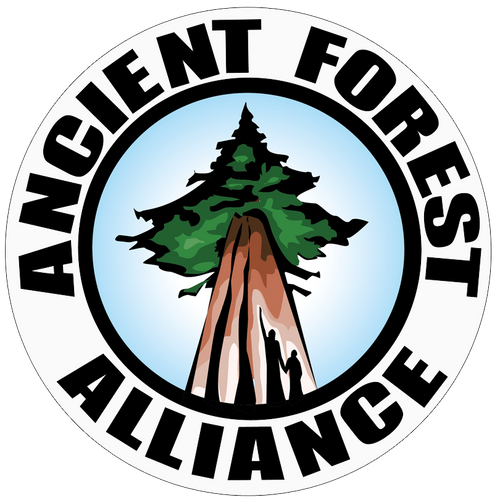
Why We Leave the Evergreens: The Hidden Cost of Your "Winter Wellness" Tea
Share
Here in the Kootenays, as the deep cold sets in, the forest seems to sleep. But for the life that remains, it’s a season of profound survival. The vibrant greens of Cedar, Spruce, and Pine stand in stark contrast to the white landscape, and it’s tempting to see them as an abundant, winter-ready harvest for our teas and remedies.
We must resist that temptation.
At Kootenay Wildcrafting, you will not find standalone bags of Cedar tips or Spruce needle tea. This is a conscious, ethical choice, and here’s why.
The Evergreen is a Winter Lifeline, Not Just a Ingredient
When we harvest the tender tips of these trees, we’re not just taking a future branch. We are pilfering from a critical winter food bank that the entire forest depends on.
- The Deer & Elk's Last Resort: When deep snow buries grasses and forbs, the nutrient-rich, accessible tips of evergreens are a primary food source for deer, elk, and moose. Over-browsing by humans adds unsustainable pressure to herds already fighting for survival.
- A Shelter in the Storm: The dense, evergreen boughs provide crucial thermal cover for birds and small mammals from biting winds and precipitation.
- The Tree's Own Reserve: Those tips are the tree’s sole growth points for the coming spring. Over-harvesting can stunt the tree, leaving it vulnerable and malformed.
When "Sustainable Harvesting" Isn't Enough
The standard forager's rule is to "take only one in twenty." But when a practice becomes commercially popular, that math quickly fails. If twenty foragers each take their "sustainable" one-in-twenty from the same grove, the grove is decimated.
The rise of "wildcrafted" wellness has turned these sacred, life-sustaining trees into a commodity. We believe some things are too vital to be for sale.
Our Alternative: The Boreal Forest Apothecary
This isn’t about deprivation; it’s about wisdom and respect. The forest still offers incredible, and truly abundant, medicines in winter that don’t compromise its chance to thrive.
For your winter wellness, we turn to:
- Usnea Lichen: A potent immune supporter that grows prolifically on older trees and branches that have naturally fallen.
- Chaga Mushroom: A powerful adaptogen harvested from birch trees without harming the living host.
- Juniper Berries: The berries can be harvested sustainably from a single shrub, providing a citrusy, cleansing flavour.
- Inner Barks (like Cottonwood): Only harvested from branches felled by storms or necessary clearing, never from standing, living trees.
These are the ingredients we build our winter blends around, ensuring our footprint is as light as a snowflake.
Join Us in Protecting the Winter Forest
We invite you to look at the evergreen canopy not as a shopping list, but as a sanctuary. It’s a resilient, yet fragile, system that holds the forest together through the harshest months.
Want to learn more about making ethical wildcrafting choices?
We’ve created a simple, one-page guide: "The Wildcrafter's Pledge: 5 Questions to Ask Before You Harvest." It’s a free resource to help you forage with confidence and conscience.
Click Here to Download Your Free Ethical Wildcrafting Guide
— Sarah, Kootenay Wildcrafting Co.

